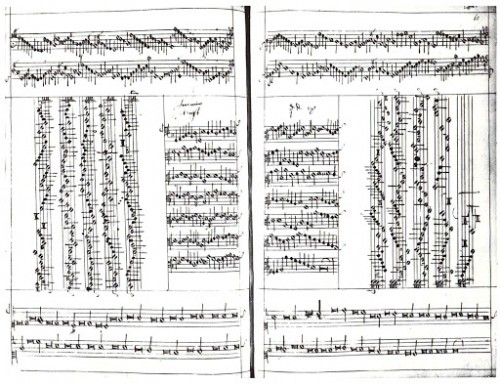After more than a year of not being able to play together due to the restrictions caused by the Covid-19 pandemic, we are really pleased to be together again. We have recorded a concert to be streamed as part of York Early Music Festival Online which can be viewed from 16 July, and are busy rehearsing for our first ‘live’ concert on 2021 at Benslow Music on 13 July. Please see our Concerts page for full details.
Both programmes investigate the same idea: collections of music made by Elizabethan copyists where music by native composers rubs shoulders with pieces by their continental counterparts; composers who either learned their skills abroad and came to work in England (like the Flemish Philip Van Wilder and the Italian Alfonso Ferrabosco) or whose music came to England in manuscript or printed copies and was clearly loved by Elizabethan viol players. The York programme focusses on music for five players, while the Benslow one uses six, so there are different pieces in each programme.
It is all too easy to think of Tudor England as an isolated island state, frequently under threat of attack from enemies on the continent of Europe. Henry VIII was alternately at war with France or seeking alliances with the French against the Holy Roman Empire. Elizabeth I’s almost constant fear of invasion by Catholic forces became reality with the appearance of the Spanish Armada in her coastal waters. So it is also easy to think of Tudor culture as being separated from that of its neighbours, ploughing its own furrow, oblivious of ideas from abroad. Yet London in the sixteenth century was one of Europe’s greatest trading centres, with merchants and craftsmen from all over the world establishing businesses or visiting to sell the latest goods from home. The cosmopolitan atmosphere was reflected in the arts: painters and sculptors from Italy and Germany worked at court; manuscript books of hours and music anthologies arrived from France and the Low Countries; exquisitely decorated armour came from Germany and expensive leather goods from Spain.
Among the manuscript sources we have trawled for music for these programmes is a wonderful collection copied in ‘table book’ format, now to be found at the British Library. This is designed so that the players place the book in the middle of a table and sit around it with the appropriate part facing them. It’s a very economical way of using paper, and there’s no danger of one part getting lost in transit, which can be the case when the music is transcribed into a set of separate parts, one for each instrument. But this was the format chosen by the Oxford music collector Robert Dow for his beautifully written set of part-books, now at Christ Church College Library, Oxford.
These, and other Elizabethan anthologies, contain a wealth of varied music from continental Europe: Italian madrigals, French chansons, Latin motets and some pieces that were designed for instruments, such as Vincenzo Ruffo’s La Gamba, published in Milan in 1564. Many of the vocal pieces were copied without their texts, so make ideal material for a consort of viols: we will be including pieces by Gombert, Lassus, Clemens non Papa, Verdelot and Maillard, alongside music by their English contemporaries Taverner, Tye, Tallis, Parsons and Byrd.
What a wonderful way for us to get back to playing together!





